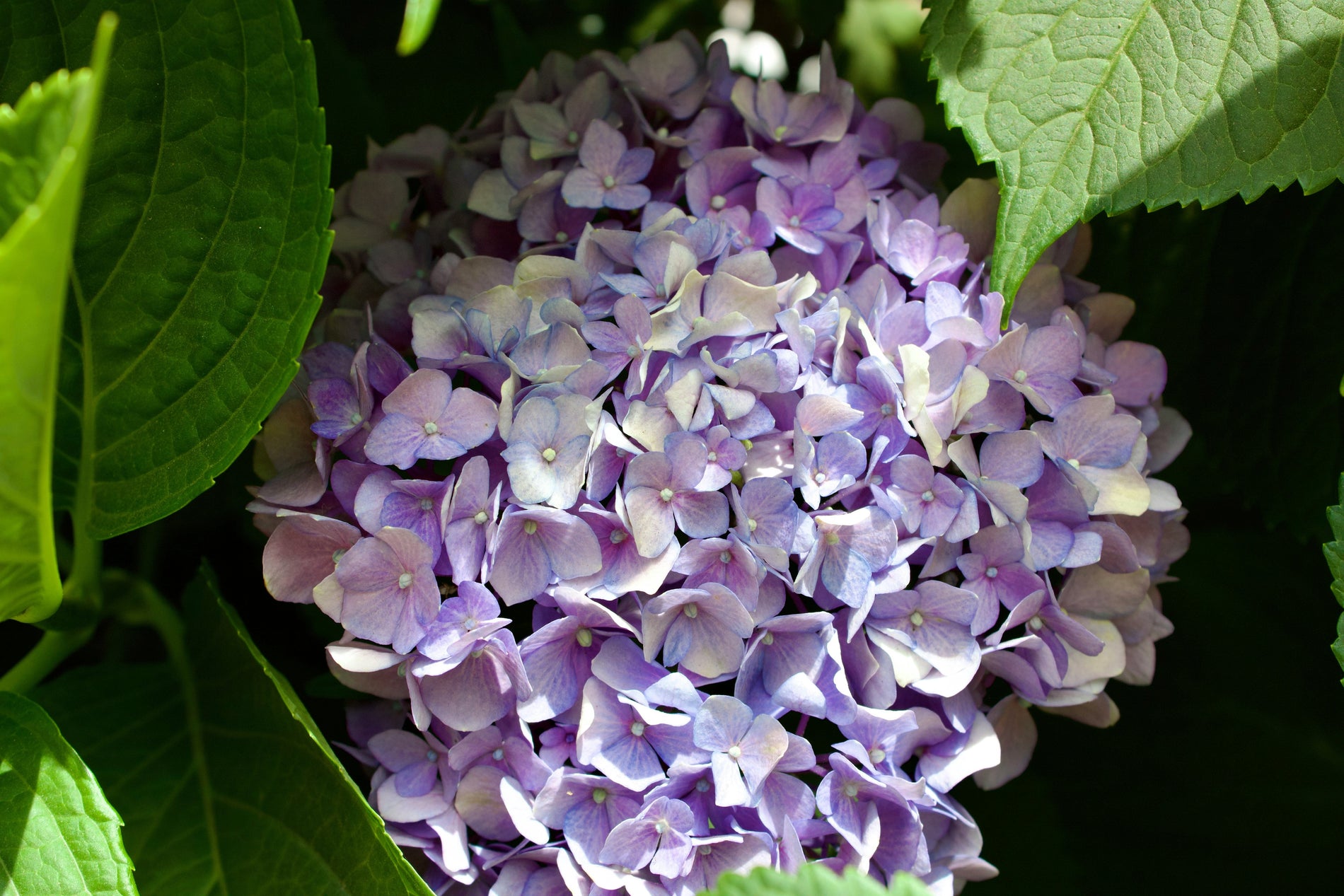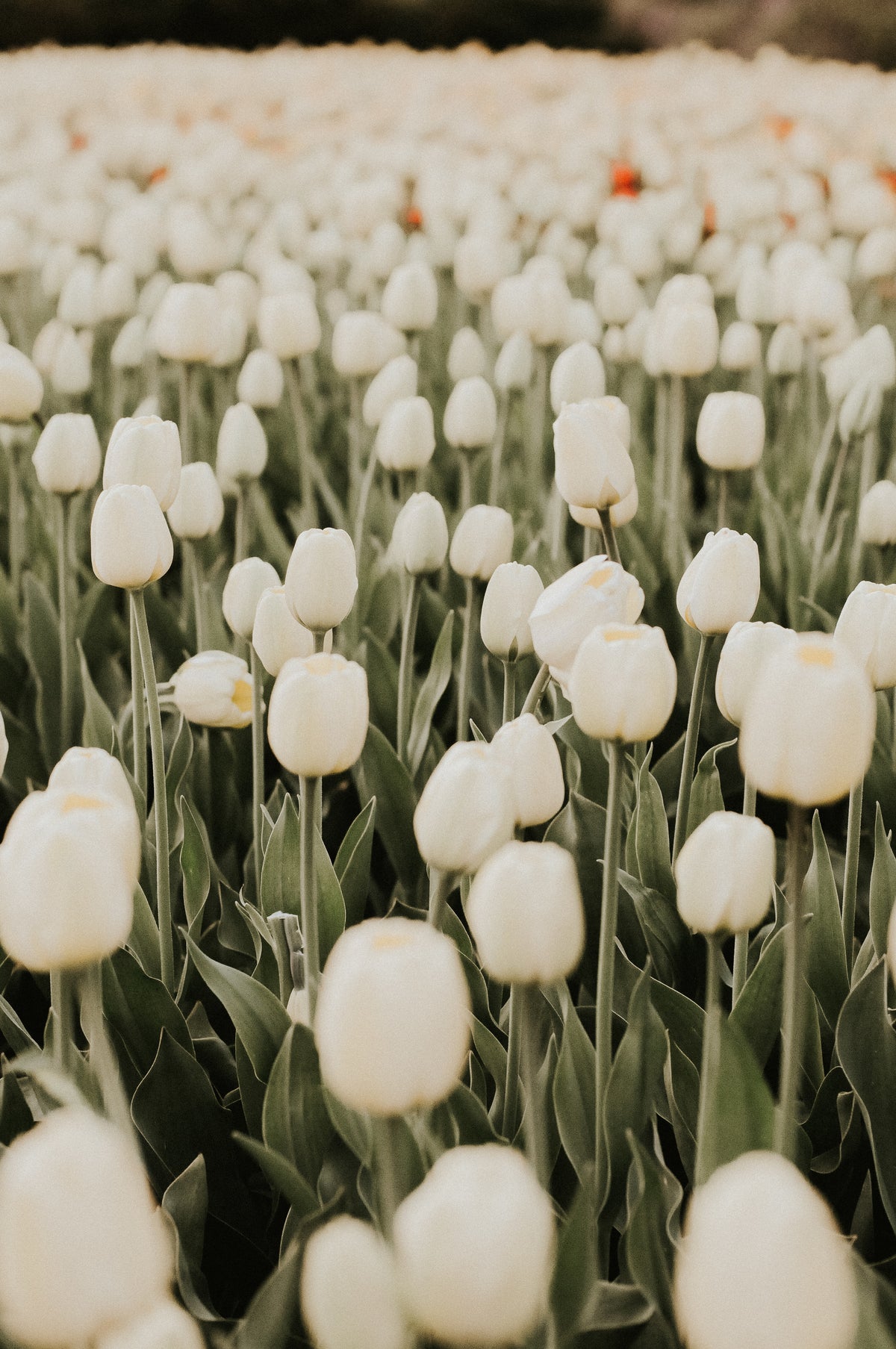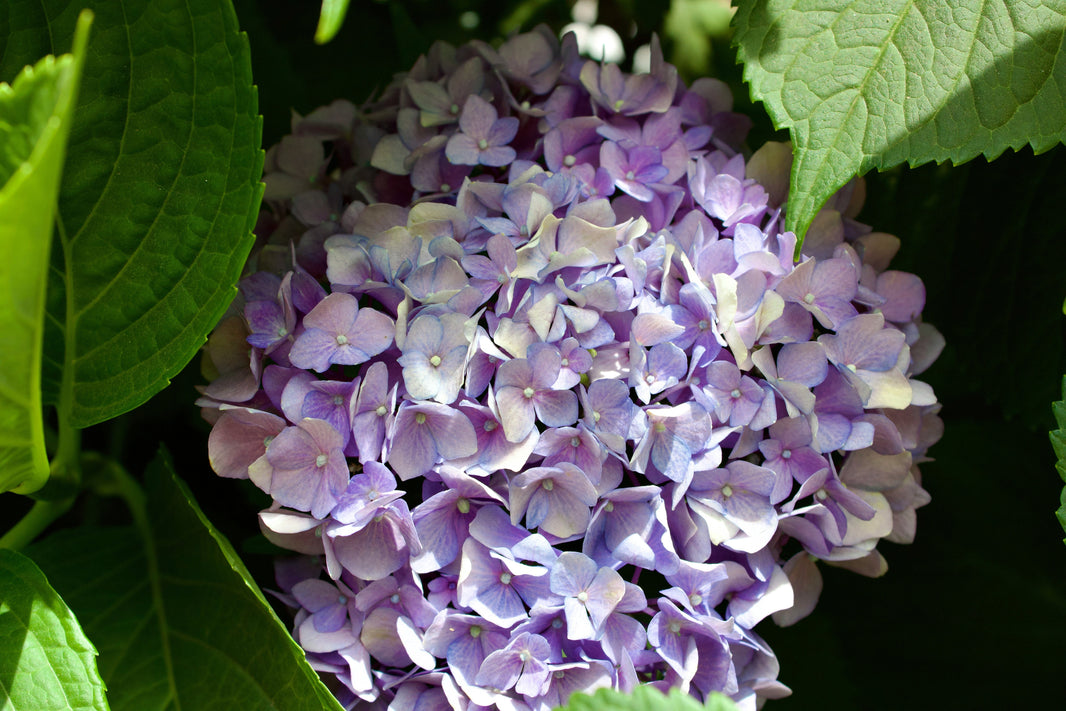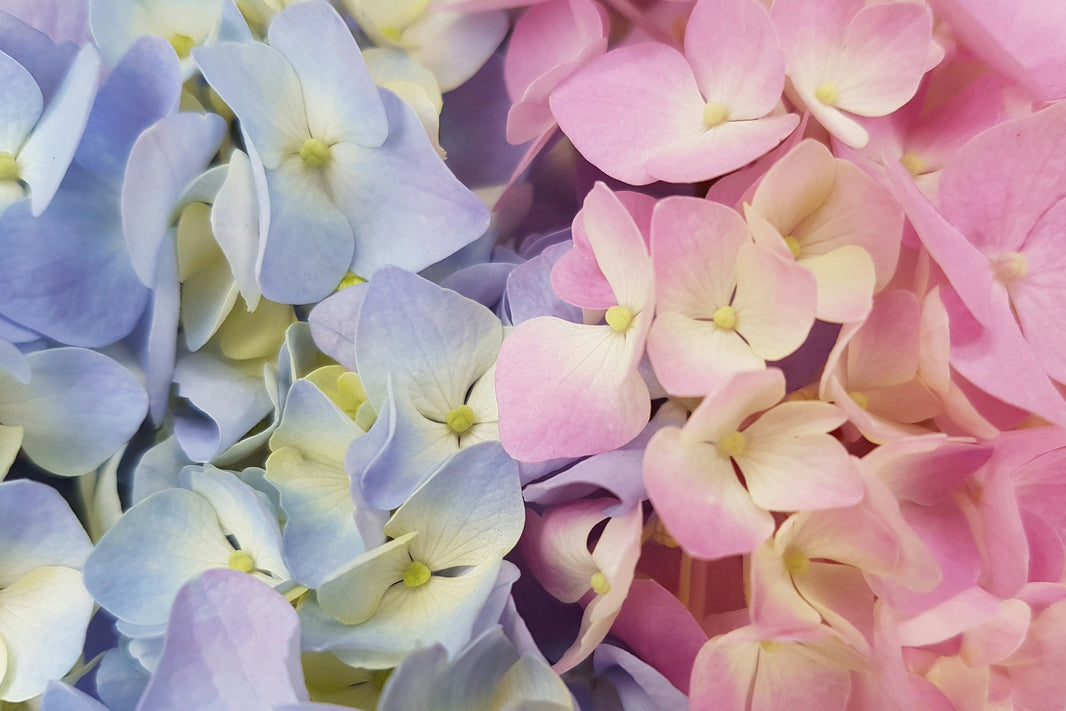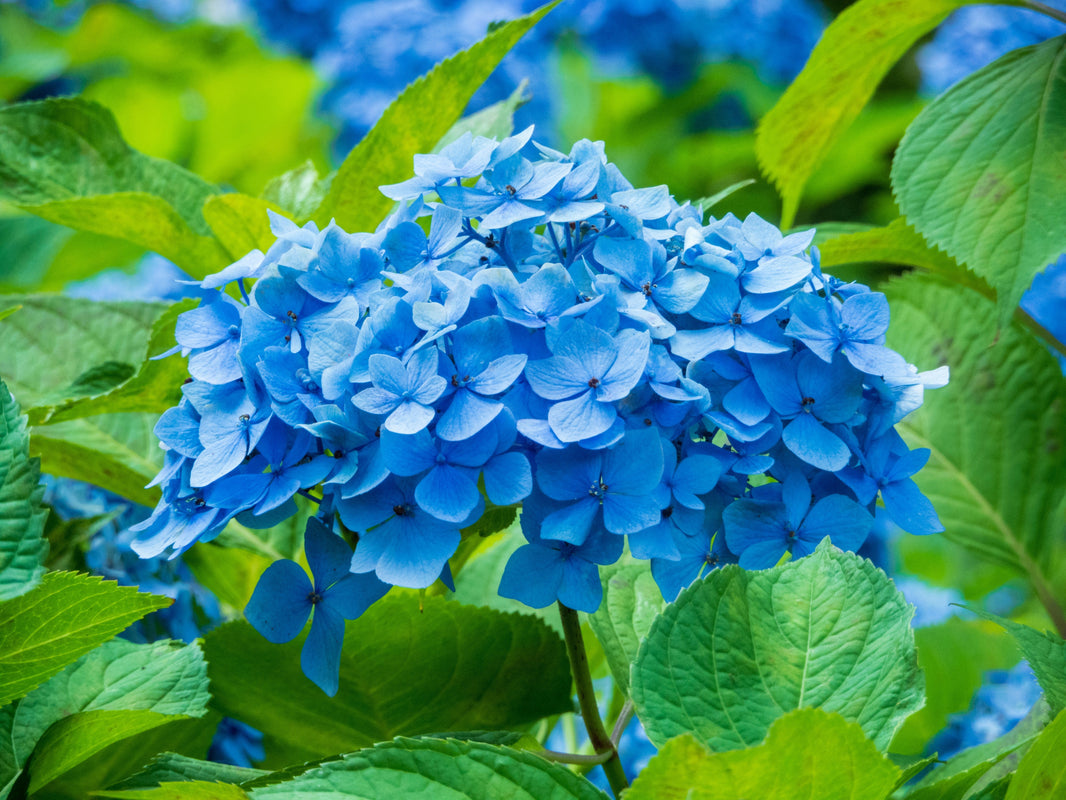Hydrangeas are among the most beloved blooms in wedding floral design—and for good reason. With their lush, voluminous heads and soft, romantic appearance, they’re a florist’s dream when it comes to building fullness and elegance in both large-scale installations and intimate arrangements. But not all hydrangeas are the same. There are several hydrangea types, each with unique characteristics that affect how and where they’re used in wedding decor.
For brides and planners alike, understanding which florists hydrangea varieties are most commonly chosen helps in making informed, cost-effective, and visually compelling design decisions. Whether you’re aiming for a soft pastel palette or a bold architectural style, selecting the right hydrangea can make all the difference in achieving your floral goals.
Hydrangeas come in several forms: mophead, panicle, smooth, mountain, oakleaf, and specialty novelty varieties, each offering different bloom shapes, color ranges, stem lengths, and price points. Some hydrangeas are better suited for bouquet work, while others shine in ceremony arches or floral runners. The diversity in structure and function is part of what makes hydrangeas such a versatile flower for weddings.
Among all wedding flower selection considerations, florists lean toward those hydrangea types that offer a balance of bloom stability, ease of hydration, visual volume, and color harmony. The availability and longevity of a specific variety can also impact its popularity, especially for events requiring prolonged setup or outdoor exposure.
Color plays a significant role as well. White, blue, green, and pink hydrangeas are wedding favorites, but antique tones and dyed variants also find their place in modern decor. Choosing the right type ensures that the color remains true and that blooms stay fresh from ceremony to reception.
This guide is designed to take you through the most popular hydrangea varieties used in weddings. We’ll explore their characteristics, pros and cons, ideal uses, and why florists choose them time and again for stunning event setups.
From traditional mopheads to dramatic panicles, and from blush palettes to icy blues, each section of this post will cover one variety in depth—so you can walk away confident in your wedding flower selection and prepared to collaborate effectively with your florist or supplier.
Mophead Hydrangeas
Mophead hydrangeas are the quintessential wedding bloom. When people picture a classic hydrangea, this is typically what comes to mind—large, rounded flower heads made up of hundreds of small petals tightly clustered together. Their voluminous shape and romantic aesthetic make them a staple in bouquets, centerpieces, and floral backdrops.
Known scientifically as Hydrangea macrophylla, mopheads are favored for their softness, range of colors, and dramatic impact. They’re especially popular in white, pink, and blue shades, which align beautifully with traditional wedding palettes. Some varieties even shift hues depending on soil pH—offering either pinkish tones in alkaline soil or bluish hues in acidic environments.
Mophead hydrangeas excel in bouquet work. Their fullness means that fewer stems are needed to create a lush look, making them cost-effective despite a slightly higher per-stem price. They work especially well in round bridal bouquets, where their natural globe shape mirrors the form of the arrangement.
In reception decor, mopheads provide visual density to table centerpieces. A handful of stems fills a vase with ease, offering a luxurious appearance without requiring a wide variety of complementary blooms. This makes them ideal for minimalist yet elegant designs.
These hydrangeas are also highly effective in ceremony arches and floral installations. Their soft, rounded silhouette adds texture and body, particularly in overhead designs. Florists appreciate how easily mopheads can be secured into foam or netting structures with minimal prep.
Care and hydration are crucial. Mopheads are sensitive to dehydration, but when properly conditioned and kept cool, they hold up beautifully throughout long events. Florists often use hydration wraps on stems or submerge entire blooms for extended freshness.
Mopheads are typically grown in greenhouses or field farms and are widely available through both retail florists and wholesalers. Their predictable size and shape make them a reliable choice for florists looking for consistency across arrangements.
Color-dyed mopheads are also gaining popularity. These allow florists to match exact themes—think lavender, peach, or even burgundy—and add drama to otherwise neutral palettes. However, dyed blooms require careful handling to avoid color transfer.
Because of their romantic appearance and adaptability, mophead hydrangeas are the go-to florists hydrangea for most classic and formal wedding styles. Their time-tested appeal and floral volume make them a reliable foundation for event design.
Panicle Hydrangeas
Panicle hydrangeas (Hydrangea paniculata) are another favorite among florists—particularly for outdoor or summer weddings. These varieties are known for their elongated, cone-shaped blooms and slightly looser petal structures, creating a more natural, cascading look than the symmetrical globe of mophead types.
They’re especially popular in white and soft green hues, often transitioning to blush or rose tones as the season progresses. This natural color shift adds interest and depth to arrangements and makes panicle hydrangeas a dynamic choice for weddings with evolving lighting—from day to evening.
Panicle hydrangeas offer outstanding durability. Their blooms are more heat- and sun-tolerant than mopheads, making them an ideal option for warm-weather outdoor ceremonies or venues without climate control. This resilience helps maintain floral integrity across long wedding timelines.
Their shape works beautifully in cascading bridal bouquets. While mopheads provide roundness, panicles add directional flow and movement, perfect for more organic or garden-inspired arrangements. Their textured silhouette also creates contrast when paired with roses or lisianthus.
In larger installations—floral arches, staircases, hanging centerpieces—panicle hydrangeas provide strong architectural lines. Their vertical orientation helps guide the eye upward or downward, which enhances depth and dimension in spatial design.
Florists often choose panicle varieties like ‘Limelight’, ‘Pinky Winky’, or ‘Vanilla Strawberry’ for their coloration and bloom consistency. These varieties are bred for wedding work and are commonly available from major wholesale distributors during the summer and early fall months.
Because they grow on woody stems, panicle hydrangeas offer greater structural strength. This makes them easier to secure in foam cages, arbors, and installations without additional wire or support mechanisms. Less labor equals lower cost for setup, especially in large-scale designs.
Though not quite as plush as mopheads, panicle hydrangeas make up for it with unique shape, adaptability, and staying power. Their natural style pairs well with rustic, vineyard, and countryside weddings, where a slightly wilder floral appearance is desired.
Many florists appreciate the way panicle blooms blend into floral garlands and mantel treatments. Their lightness and airiness keep the composition from looking too heavy while still offering visual volume.
For couples planning an outdoor wedding, panicle hydrangeas offer a sturdy, elegant, and seasonally appropriate option—making them a versatile player in the world of wedding flower selection.
Smooth Hydrangeas
Smooth hydrangeas, scientifically known as Hydrangea arborescens, are a popular variety among florists for their soft, fluffy bloom heads and reliable performance in arrangements. Their most well-known cultivar, ‘Annabelle’, produces large, white globes that resemble mopheads but offer a more natural, less compact structure.
These hydrangeas are especially favored for weddings with a garden-inspired or whimsical aesthetic. The softness of their petals gives a romantic and airy feel to floral designs, particularly in bridal bouquets, table arrangements, and welcome installations.
Smooth hydrangeas are ideal for events seeking a slightly looser composition. While mopheads offer tighter control, smooth hydrangeas create a feeling of movement and lightness, which enhances the flow of cascading centerpieces or asymmetrical bouquet designs.
Florists often choose smooth hydrangeas when working with a predominantly white or green palette. Their creamy-white blooms add brightness without the starkness of true white roses, making them a subtle but impactful component in modern floral styling.
In terms of structure, smooth hydrangeas are lightweight and easy to work with. Their flexible stems allow for easier weaving into bouquets and floral foam, especially in delicate table arrangements where precise placement is needed without heavy stems or dense bloom weight.
These hydrangeas also pair well with other delicate blooms, such as sweet peas, ranunculus, or Queen Anne’s lace. Their ability to blend seamlessly into these more intricate arrangements makes them ideal for bouquets that require both structure and softness.
Smooth hydrangeas are typically available from late spring through summer and are grown in cooler climates like the northeastern United States. Their regional availability makes them a favorite for local wedding florists in areas with shorter growing seasons.
Though not as hardy in extreme heat as panicle types, smooth hydrangeas hold up well in indoor ceremonies and temperate outdoor settings. Their longevity in water also makes them suitable for events with multiple-day installations or complex setup schedules.
In addition to white, hybrid varieties of smooth hydrangeas now offer soft green, pink, and blush tones, expanding their usability in color-themed weddings. These hues remain consistent throughout events and photograph beautifully under natural or ambient lighting.
For couples seeking a light, romantic touch in their floral decor, smooth hydrangeas offer all the elegance of traditional hydrangea types with a softer, more graceful silhouette that lends itself perfectly to a range of wedding styles.
Mountain Hydrangeas
Mountain hydrangeas (Hydrangea serrata) are a lesser-known but highly valued type among floral designers who want detail and texture in their arrangements. Native to the mountainous regions of Japan and Korea, these hydrangeas feature smaller blooms with lacecap heads and finely serrated leaves.
The lacecap formation is what sets mountain hydrangeas apart. Unlike the full globes of mopheads, these hydrangeas display a flat center of tiny, fertile flowers surrounded by a ring of larger, showy petals. This makes them especially effective in arrangements that aim for variety and texture rather than volume alone.
Mountain hydrangeas are often used by florists in bouquet work and boutonnières, where their smaller size makes them easier to manage and manipulate. They also work well in low-profile centerpieces where tight spacing and delicate lines are preferred.
Their natural color palette includes light blue, lavender, soft pink, and occasionally white, with some varieties displaying color shifts as the bloom matures. This subtle color evolution is particularly appealing in romantic and vintage-themed weddings.
Mountain hydrangeas have a more organic and wildflower-like appearance compared to other hydrangea types. This makes them perfect for garden-style or rustic weddings, where asymmetry and natural elegance are emphasized.
They are also a top pick for florists crafting intricate installations like hanging chandeliers or fine floral garlands. Because their stems are slim and the bloom heads are lightweight, they can be suspended more easily than heavier mopheads or panicles.
While less common than mophead and panicle types, mountain hydrangeas are available through specialty growers and wholesale floral suppliers. Florists may need to plan ahead when using them, especially for large-scale events that require consistency in bloom size and color.
Mountain hydrangeas are often paired with roses, lisianthus, and smaller blooms like wax flower or scabiosa. Their distinct shape creates contrast and helps lead the eye throughout the arrangement, adding rhythm and dimension.
Though not typically used for coverage or bulk, mountain hydrangeas offer unique visual interest. Their graceful structure and gentle hues bring refinement and softness to more delicate wedding aesthetics.
For brides who love detail and subtlety in floral design, mountain hydrangeas provide an artistic, textural option within the broader category of hydrangea types used in weddings.
Oakleaf Hydrangeas
Oakleaf hydrangeas (Hydrangea quercifolia) are a unique variety prized not only for their beautiful cone-shaped blooms but also for their distinctive foliage. Named for the oak-like shape of their leaves, these hydrangeas offer visual interest beyond the flowerhead, making them a favorite in naturalistic and rustic wedding designs.
One of the key reasons florists love oakleaf hydrangeas is their seasonal versatility. In spring and summer, the blooms—typically white—gradually age into warm pinks and reds, while the leaves turn vibrant shades of orange and burgundy in fall. This transformation makes them especially appealing for late-summer and autumn weddings.
The flowers themselves resemble panicle hydrangeas in shape but have a slightly looser, more woodland look. This makes them perfect for ceremonies in outdoor or vineyard venues, where a wild, garden-inspired aesthetic is desired. Their textural quality adds depth to floral installations and large bouquet arrangements.
Oakleaf hydrangeas are frequently used in cascading bridal bouquets, ceremony arches, and table runners. Their blooms, while less dense than mopheads, still offer considerable visual coverage. Their foliage, however, is what often makes them stand out—providing rich contrast to other, more conventional greenery.
These hydrangeas thrive in southern climates and are often available in regional flower markets. Their hardiness and long bloom cycle make them a dependable choice for florists working with extended setup times or outdoor event locations.
Florists also appreciate oakleaf hydrangeas for their stem strength. They’re woody and firm, which allows them to be used in foam-free arrangements or installations that require floral stability without added support. This makes them excellent for sustainable wedding floral practices.
In terms of pairings, oakleaf hydrangeas blend well with other seasonal favorites like dahlias, zinnias, and eucalyptus. Their warm hues and foliage variation make them ideal companions to more structured blooms, adding dimension to the design.
While they’re not often used as a focal flower in tight bridal bouquets, they provide exceptional background texture and a woodland vibe that many modern couples adore. Their natural appearance contrasts beautifully with polished florals, creating a dynamic and memorable arrangement.
Oakleaf hydrangeas also work well in floral crowns and wearable florals. Their leaves, especially in autumn tones, bring in seasonal storytelling and can complement rustic or boho-themed attire and accessories.
For weddings looking to capture the essence of the season and the natural environment, oakleaf hydrangeas bring depth, color, and a touch of wild elegance that elevates the entire wedding flower selection process.
Antique Hydrangeas
Antique hydrangeas are not a separate species but rather a stage in the life cycle of classic mophead hydrangeas. These blooms have matured and developed complex, vintage-inspired coloring—fading from bright pastels to dusky pinks, greens, purples, and even bronze tones. Florists often prize these blooms for their depth and tonal complexity.
The appeal of antique hydrangeas lies in their timeless, moody aesthetic. Unlike their fresher counterparts, these blooms evoke nostalgia and richness, making them ideal for romantic, vintage, and boho weddings. Their muted tones photograph beautifully, especially in candlelight and soft natural lighting.
Florists use antique hydrangeas primarily in bridal bouquets and centerpiece work. Their coloration blends easily with blush, ivory, sage, and muted plum color palettes. This versatility makes them a favorite for fall weddings, vineyard celebrations, or indoor candlelit ceremonies.
In terms of performance, antique hydrangeas often outlast fresh-cut varieties. Their thicker petals and mature bloom stage give them greater resilience to heat and transport. For events with long installation times or outdoor exposure, this makes them a practical choice.
These hydrangeas also pair wonderfully with other vintage-inspired blooms like garden roses, scabiosa, and amaranthus. When combined, the arrangements feel curated, sophisticated, and effortlessly romantic.
The aging process of antique hydrangeas also lends itself well to dried arrangements. Florists often allow these blooms to dry naturally post-event for use in keepsake designs, wreaths, or bouquet preservation. Their natural fading doesn’t diminish their beauty—on the contrary, it enhances it.
Antique hydrangeas are typically sourced from growers who specialize in mature bloom harvesting. Wholesale suppliers like WholesaleFlowers.net often offer these blooms in curated seasonal palettes that align with wedding trends.
Florists may use them as focal blooms in tabletop design, allowing the natural variations in color and texture to serve as the arrangement’s visual centerpiece. Their subtle complexity can also offset more modern or bold elements in mixed floral compositions.
Designers creating layered or cascading installations also favor antique hydrangeas for their ease of integration. Their aged appearance softens bold shapes and transitions beautifully from florals to foliage.
For couples seeking understated luxury and emotional depth in their florals, antique hydrangeas provide both beauty and storytelling in a single, unforgettable bloom—making them one of the most artistically valued hydrangea types in the wedding world.
Dyed and Tinted Hydrangeas
While many couples choose natural hues for their wedding flowers, dyed and tinted hydrangeas offer a unique way to introduce bold or unusual colors that aren’t typically available in nature. These specially treated hydrangeas are especially popular in fashion-forward or themed weddings where specific palettes are non-negotiable.
Dyed hydrangeas are typically white or light-colored mophead varieties that have been infused with synthetic dyes to achieve hues such as deep burgundy, royal blue, black, metallic gold, or even ombré gradients. The dye process ensures color consistency across blooms, which can be difficult to achieve with naturally fluctuating tones.
Florists opt for dyed hydrangeas when clients request exact color matching for linens, bridesmaid dresses, or themed aesthetics. For instance, a navy-themed wedding might feature royal blue hydrangeas, which aren’t widely available as a natural tone. Dyeing solves this problem while maintaining the flower’s visual impact.
While the process of dyeing does alter the flower’s original texture slightly, it doesn’t reduce its overall volume or usability. Florists still rely on dyed hydrangeas for centerpieces, backdrops, or statement installations because they deliver striking color and significant visual space.
Care must be taken when working with dyed hydrangeas. The dye can occasionally transfer onto clothing or linens if the flower becomes overly wet or bruised. However, modern dyeing techniques have improved dramatically, and high-quality suppliers ensure the color is stable under standard event conditions.
One benefit of dyed hydrangeas is that they expand creative possibilities. Couples who want a celestial-themed wedding might use midnight blue blooms, while a Halloween event might feature orange or black tinted florals. These options simply aren’t achievable with naturally colored varieties.
Dyed hydrangeas can be used on their own or blended with natural hues for a more grounded appearance. For example, combining burgundy-dyed hydrangeas with blush roses and green eucalyptus creates a rich, romantic palette without overwhelming the senses.
Because they are pre-treated, dyed hydrangeas are often slightly more expensive than their natural counterparts. However, the value they bring in terms of color match and design flexibility often justifies the increase in cost.
Sourcing dyed hydrangeas from a trusted supplier is critical. WholesaleFlowers.net, for example, offers a variety of pre-tinted blooms that are carefully processed to retain structural integrity and prevent dye transfer.
For couples and designers seeking drama, customization, or high-impact color integration, dyed and tinted hydrangeas deliver unmatched potential—making them a powerful option in the modern wedding flower selection toolkit.
Miniature and Spray Hydrangeas
Miniature or spray hydrangeas are scaled-down versions of the traditional mophead or panicle blooms, offering more flexibility and control in arrangements that require precision or lighter design elements. These smaller hydrangea types are becoming increasingly popular among wedding florists for their versatility and ease of use.
One of the biggest advantages of miniature hydrangeas is their size. Their compact heads and shorter stems make them ideal for boutonnieres, corsages, and flower crowns—areas where full-size blooms would be too bulky or fragile. This helps florists provide consistency in the wedding theme across large and small arrangements.
Spray hydrangeas also work beautifully in petite bridal or bridesmaid bouquets. They allow for a lighter, more delicate aesthetic and are perfect for garden weddings or micro-weddings where elegance and intimacy are key. Their smaller size makes them easier to hold and more comfortable throughout the day.
In tablescapes and place setting arrangements, miniature hydrangeas provide a beautiful accent without overwhelming the visual space. Florists often use them in bud vases, napkin rings, or clustered alongside candles for a romantic yet understated touch.
Spray hydrangeas also pair well with other small blooms like scabiosa, feverfew, or baby’s breath. Their smaller scale allows for highly detailed arrangements that emphasize texture and fine composition—ideal for floral artists who specialize in intricate design.
Because they are less commonly available than full-sized blooms, miniature hydrangeas are typically sourced from specialty growers or floral distributors that focus on event-ready varieties. Ordering through wholesalers like WholesaleFlowers.net ensures access to high-quality blooms that are properly harvested and conditioned.
Despite their smaller size, miniature hydrangeas still deliver the same textural richness and petal volume that hydrangeas are known for. This makes them a popular substitute in arrangements where visual softness is needed but space is limited.
Another benefit is their durability. Because the heads are smaller and less heavy, they are less prone to wilting or collapsing. This makes them especially useful in wearables or arrangements where the flowers are handled frequently.
Miniature hydrangeas can also be dyed or tinted, providing even more customization options for detailed color palettes. Florists may use these dyed miniatures to echo the main floral theme in accessories and wearable florals.
Overall, miniature and spray hydrangeas give designers the tools to expand hydrangea use beyond just the large, showy applications. Their versatility, charm, and ease of handling make them a valuable addition to any comprehensive wedding flower selection.
When it comes to crafting elegant, expressive wedding florals, hydrangeas remain one of the most cherished and versatile choices. From the plush fullness of mopheads to the wild elegance of oakleaf varieties, the wide array of hydrangea types gives florists the flexibility to design for nearly any theme, venue, or season.
Florists select hydrangeas based on more than just looks. They evaluate bloom structure, seasonal availability, hydration needs, color versatility, and arrangement potential. The most commonly used varieties—mophead, panicle, smooth, and antique hydrangeas—consistently deliver both visual drama and practical value across all types of wedding decor.
As we’ve seen, each variety brings its own unique flair. Panicle hydrangeas excel in outdoor installations with their resilience and flow. Smooth and mountain hydrangeas add grace to bridal bouquets and table arrangements. Oakleaf hydrangeas provide texture and warmth for seasonal weddings. Meanwhile, dyed and miniature types offer creative control and detailing that elevate even the most intricate compositions.
For brides and designers building out their wedding flower selection, these insights help inform not only the visual story of the event but also the logistics and cost considerations that come with it. Every stem plays a part in creating a cohesive and memorable floral experience.
Choosing the right supplier can make or break your floral vision. That’s why many florists and DIY brides turn to WholesaleFlowers.net, a trusted provider of premium fresh flowers in a range of varieties—including hydrangeas. Their inventory features the most sought-after blooms for events of every size and style.
If you’re preparing to purchase your own wedding hydrangeas or simply want to browse top-rated wholesale options for inspiration, click here to explore their full collection: . You’ll find excellent pricing, dependable quality, and a wide array of colors and forms to bring your floral dreams to life.
No matter your wedding theme or aesthetic, hydrangeas offer the timeless elegance, rich symbolism, and lush beauty that make every celebration unforgettable. With the right mix of bloom types and creative design, your hydrangeas can become one of the most enchanting highlights of your big day.


